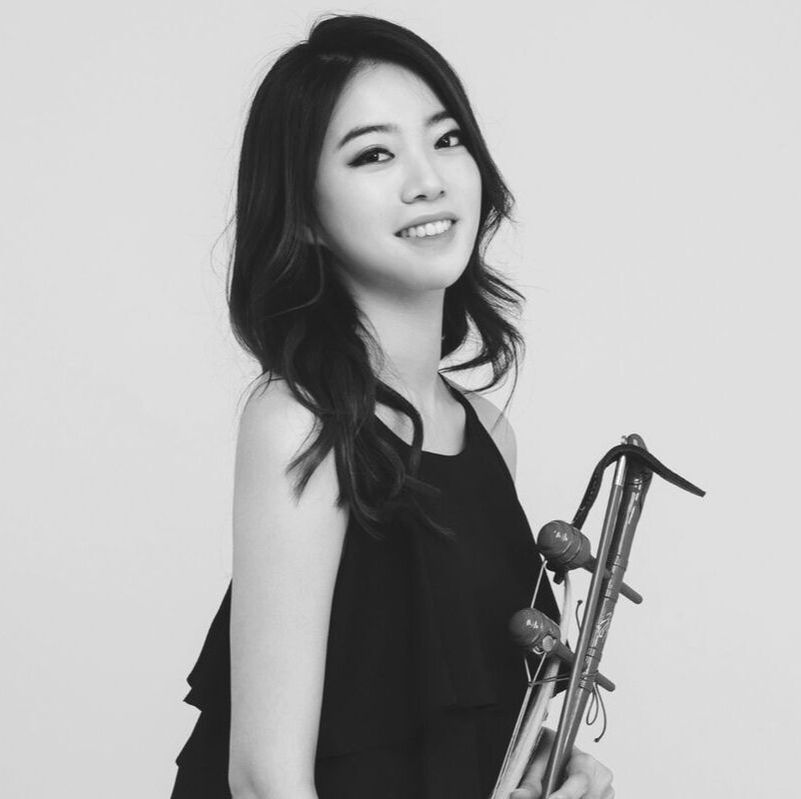Program
|
Solo arrangement of a traditional court music piece Sangryeongsan Jeonghyeon Joo, haegeum |
|
The Frame Mundane Rituals |
|
Duo Jeonghyeon Joo, haegeum and electronics |
|
Trio M A Harms and Matt LeVeque, percussion Jeonghyeon Joo, haegeum |
|
Octet Mikaela Elson, voice Vinny Golia, saxophone M A Harms and Matt LeVeque, percussion Jeonghyeon Joo, haegeum Ethan Marks, trumpet Niloufar Shiri, kamancheh Miller Wrenn, double bass |
| Epilogue |
What is a ritual? How does it differ from a ceremony, or a rite? There is no formal difference in definition between these terms, we often use them interchangeably, and yet there is a clear intentional and energetic difference between a masonic initiation and saying grace before dinner, and it's worth examining these types of events and the different functions and forms between them.
Rites share the same level of formality, structure, and tradition, but are focused on transitional moments and exist on the threshold between two stages of life. Baptisms, coming-of-age events, and initiations are all rites which indicate the end of one state of being and beginning of a new one. In the Catholic tradition, even the transition to death is accompanied by what are referred to as the "last rites”.
Rituals are a little harder to pin down. I think of rituals as a transformational process, often taking the ordinary and turning into the extra-ordinary. This can mean something as marvelous as alchemical rituals that turn lead into gold, or Candomblé rituals where participants enter trance-states to become possessed by the spirits of their ancestors. Rituals can also be significantly more mundane, a special intention or focus that turns the everyday into the sacred.
In the tradition of Korean music, there are levels of rigid coordination and intention with the court music as the most structured and formally ritualistic. These musical performance rituals aren't particularly esoteric or mystical, rather they are based on Neo-Confucian principles of proper conduct and morality. The court music is righteous, controlled, slow, stately, and deeply symbolic. Each aspect reflects the traditional moral values of the culture: equanimity and harmony, both inner and outer, devoid of exaggerated or overt emotional expression, a balance of opposites that create a peaceful neutrality.
Program
|
Solo arrangement of a traditional court music piece Sangryeongsan Jeonghyeon Joo, haegeum |
|
The Frame Mundane Rituals |
|
Duo Jeonghyeon Joo, haegeum and electronics |
|
Trio M A Harms and Matt LeVeque, percussion Jeonghyeon Joo, haegeum |
|
Octet Mikaela Elson, voice Vinny Golia, saxophone M A Harms and Matt LeVeque, percussion Jeonghyeon Joo, haegeum Ethan Marks, trumpet Niloufar Shiri, kamancheh Miller Wrenn, double bass |
| Epilogue |
What is a ritual? How does it differ from a ceremony, or a rite? There is no formal difference in definition between these terms, we often use them interchangeably, and yet there is a clear intentional and energetic difference between a masonic initiation and saying grace before dinner, and it's worth examining these types of events and the different functions and forms between them.
Rites share the same level of formality, structure, and tradition, but are focused on transitional moments and exist on the threshold between two stages of life. Baptisms, coming-of-age events, and initiations are all rites which indicate the end of one state of being and beginning of a new one. In the Catholic tradition, even the transition to death is accompanied by what are referred to as the "last rites”.
Rituals are a little harder to pin down. I think of rituals as a transformational process, often taking the ordinary and turning into the extra-ordinary. This can mean something as marvelous as alchemical rituals that turn lead into gold, or Candomblé rituals where participants enter trance-states to become possessed by the spirits of their ancestors. Rituals can also be significantly more mundane, a special intention or focus that turns the everyday into the sacred.
In the tradition of Korean music, there are levels of rigid coordination and intention with the court music as the most structured and formally ritualistic. These musical performance rituals aren't particularly esoteric or mystical, rather they are based on Neo-Confucian principles of proper conduct and morality. The court music is righteous, controlled, slow, stately, and deeply symbolic. Each aspect reflects the traditional moral values of the culture: equanimity and harmony, both inner and outer, devoid of exaggerated or overt emotional expression, a balance of opposites that create a peaceful neutrality.
Performers
|
Jeonghyeon Joo |
Jeonghyeon Joo is an award-winning haegeum performer, composer, improviser, and researcher who is an ardent advocate for new and experimental music. Joo draws narrative through an exploration of a somatic, corporeal relationship between instrument and body, frequently collaborating with filmmakers, dancers, visual artists, and composers. Her work also investigates social and cultural questions arising from her personal practice and training in haegeum performance. As a unique experimental haegeum performer/composer, she has been selected as one of the Pioneering Artists of the Next Generation in Performing Arts by the Seoul Foundation for Arts and Culture (2022) for her work The Art of Bowing and by Arts Council Korea (2019-20) for her debut project EXERCISE. As an authentic Korean traditional musician, Joo has mastered classical and folk repertoires of Korean art music and won prestigious awards for her outstanding artistic achievements in haegeum including the Presidential Award of Korea (2012), First Prize at KBS Korean Music Competition (2014), Grand Prize (Award from Ministry of Culture, Sports and Tourism) at Jeonju-daesaseup Traditional Music Competition (2011), and Silver Prize at Dong-A Korean Music Competition (2012). Recently, she has created large-scale performance projects with support from the Arts Council Korea and Seoul Foundation for Arts and Culture. Joo also has frequently given lectures and presented her works at notable conferences and institutions such as the International Computer Music Conference, New York City Electroacoustic Music Festival, Composition in Asia International Symposium, UCLA, UC Berkeley, UC Riverside, San Francisco State University, San Diego State University, Seoul National University, and Korean Cultural Center Los Angeles. She received a Master of Arts and Bachelor of Music from Seoul National University with a research focus on the development of contemporary études for the haegeum and is currently a DMA candidate at the California Institute of the Arts. She is on faculty at the California Institute of the Arts and Seoul Institute of the Arts, serving as a Program Director at CultureHub. |


